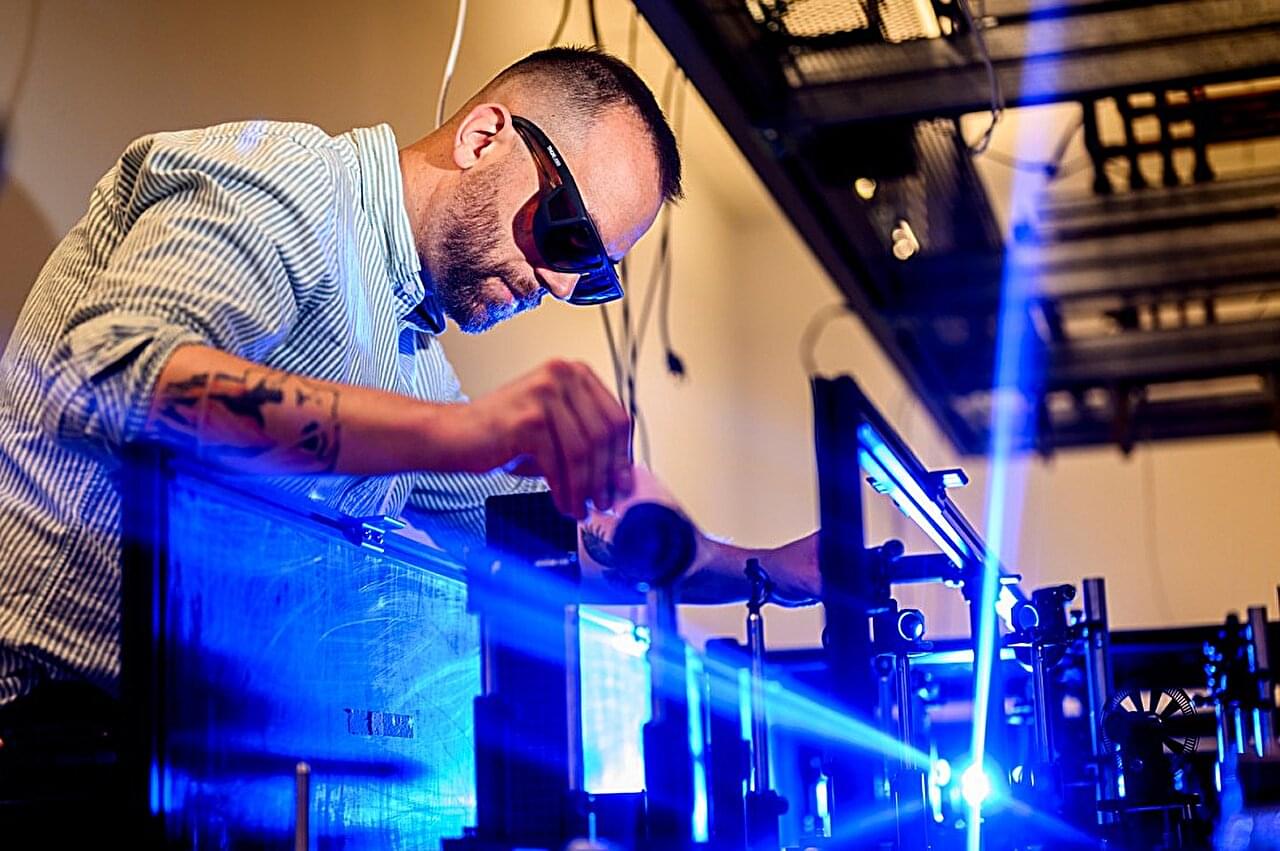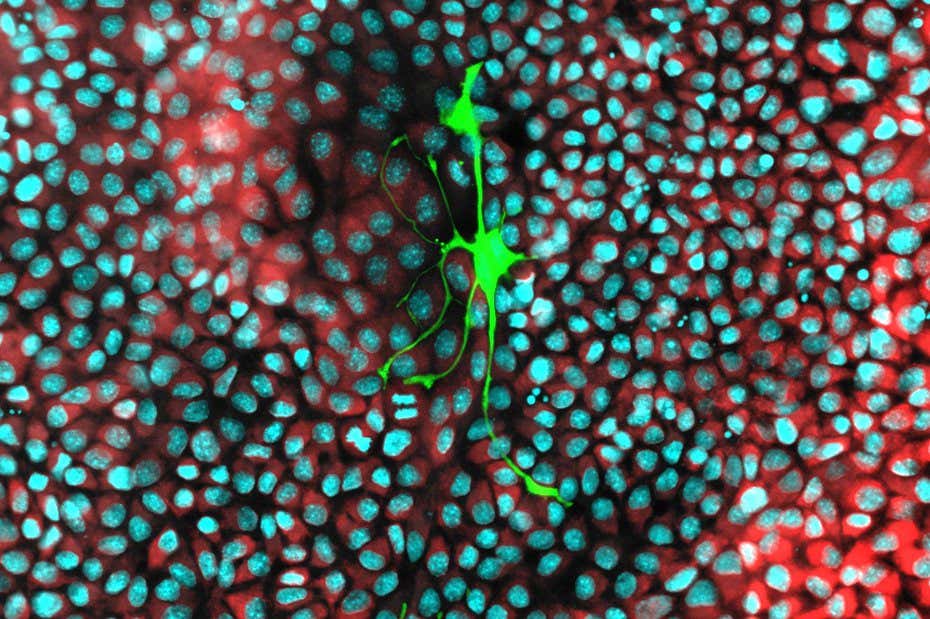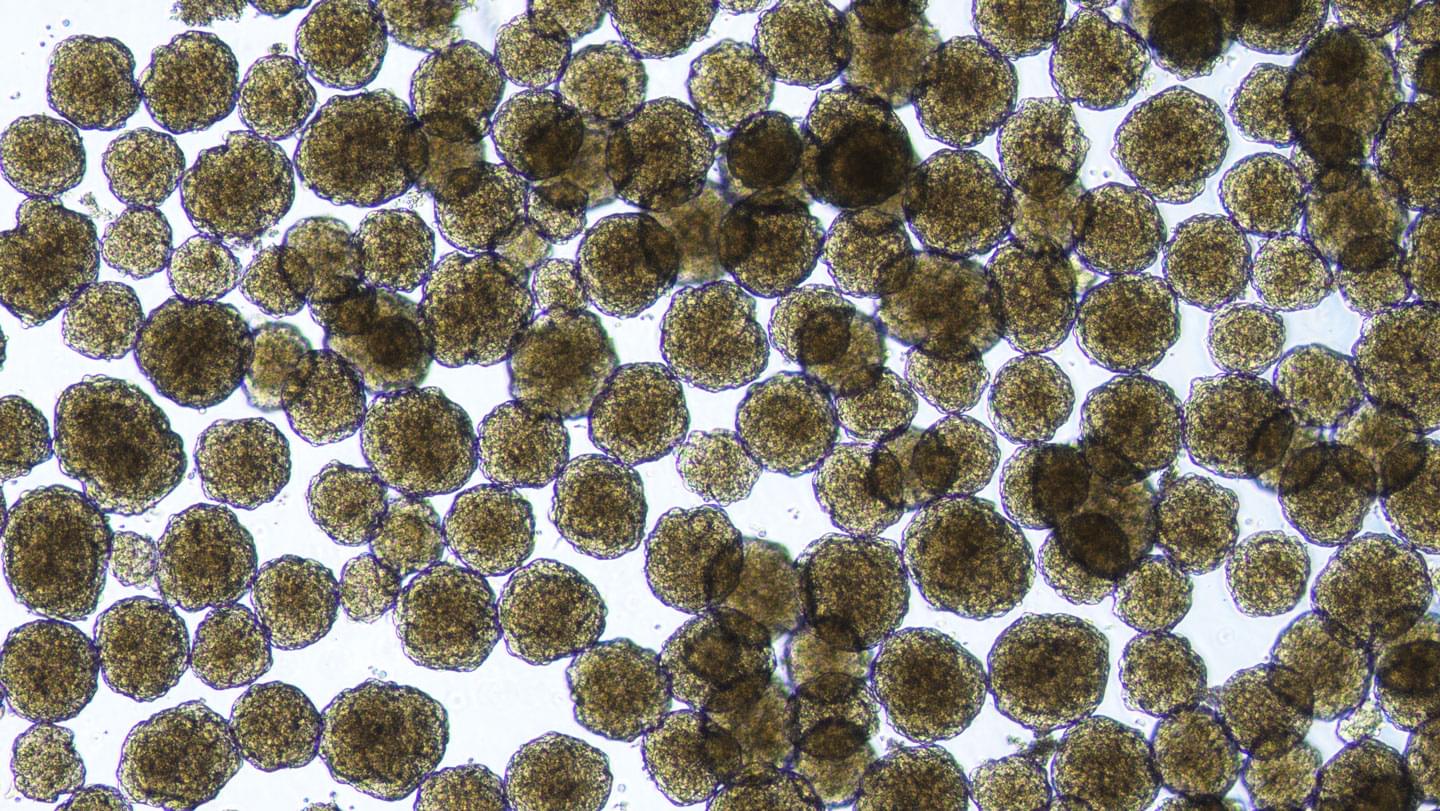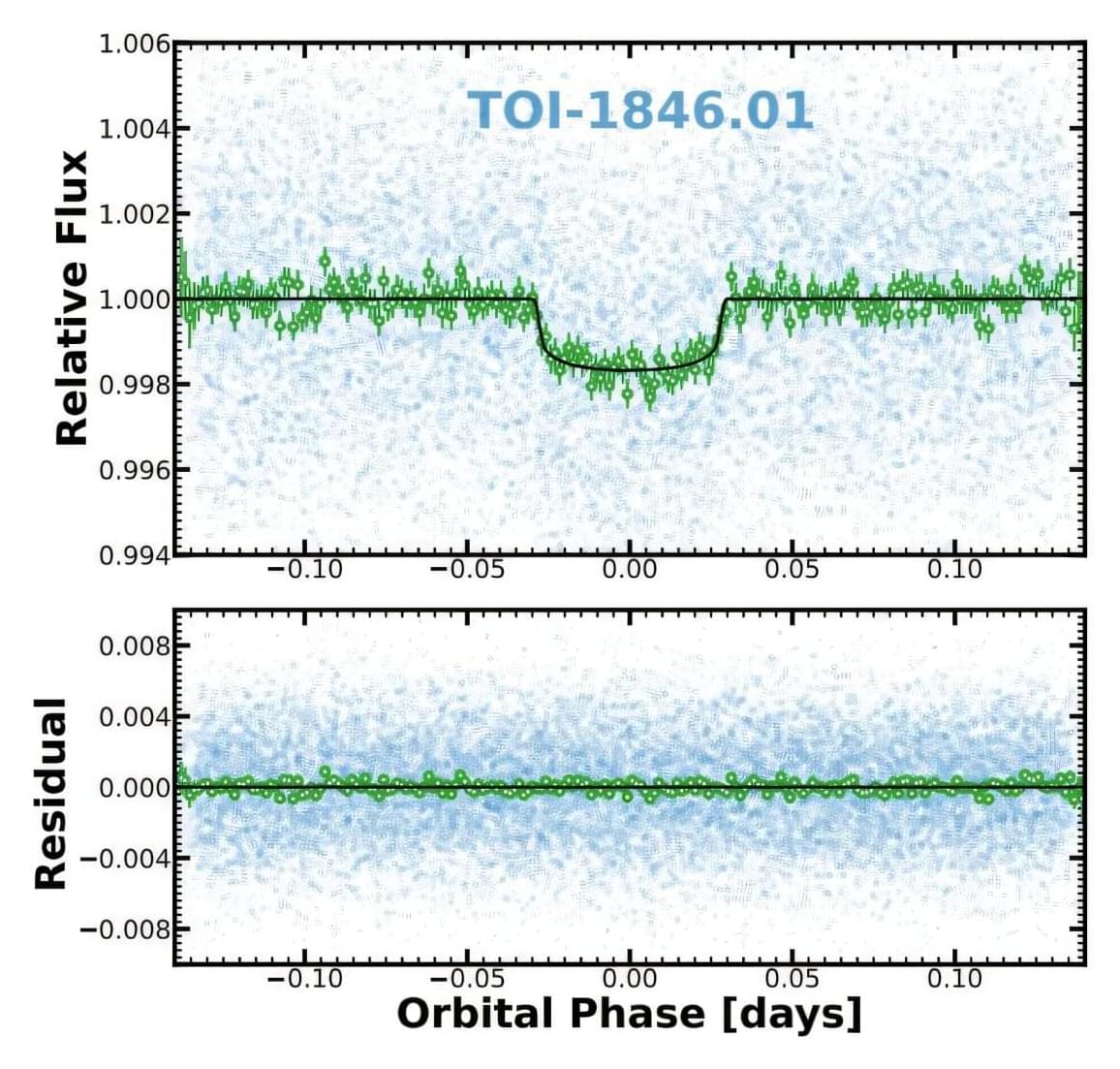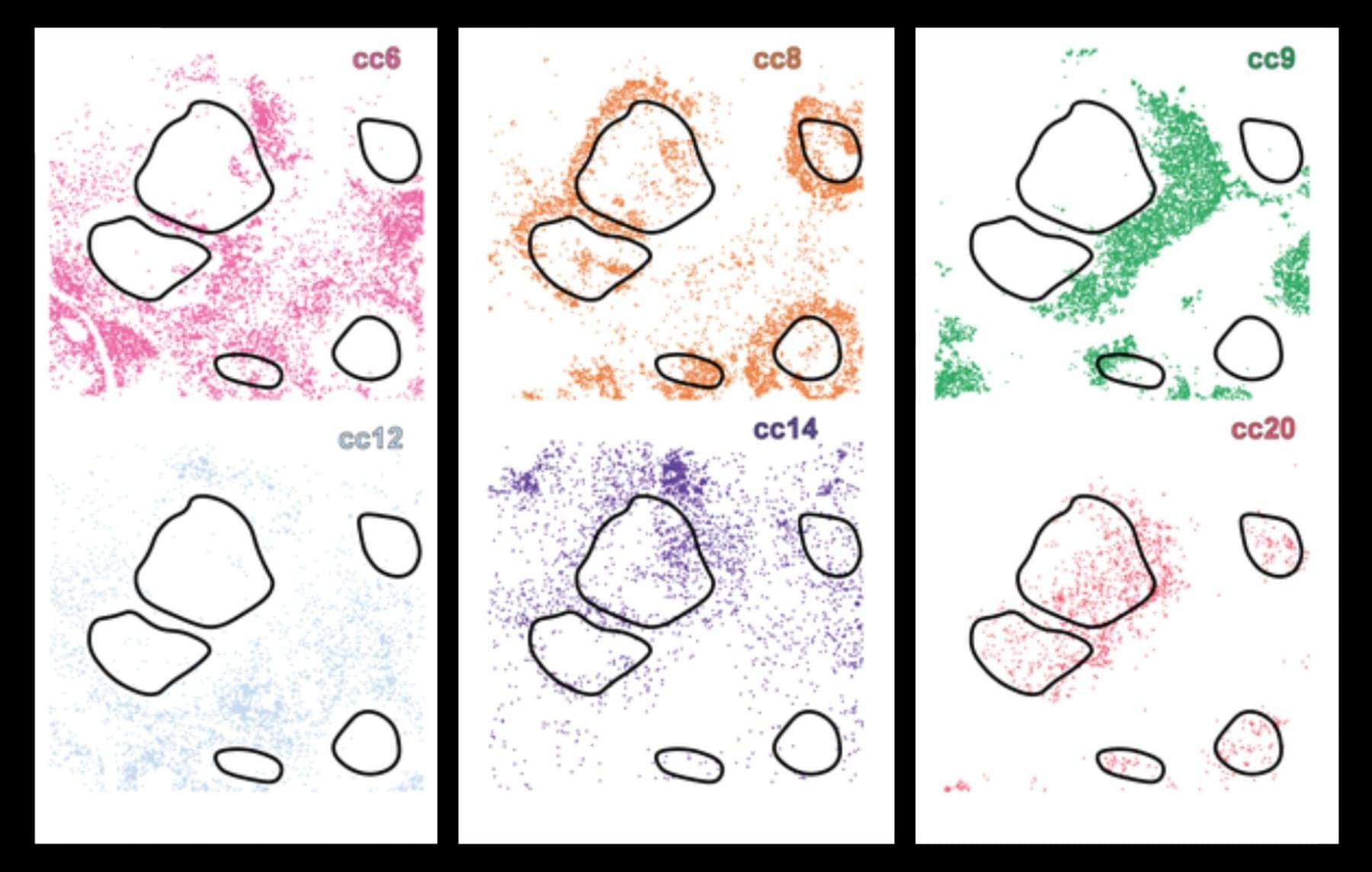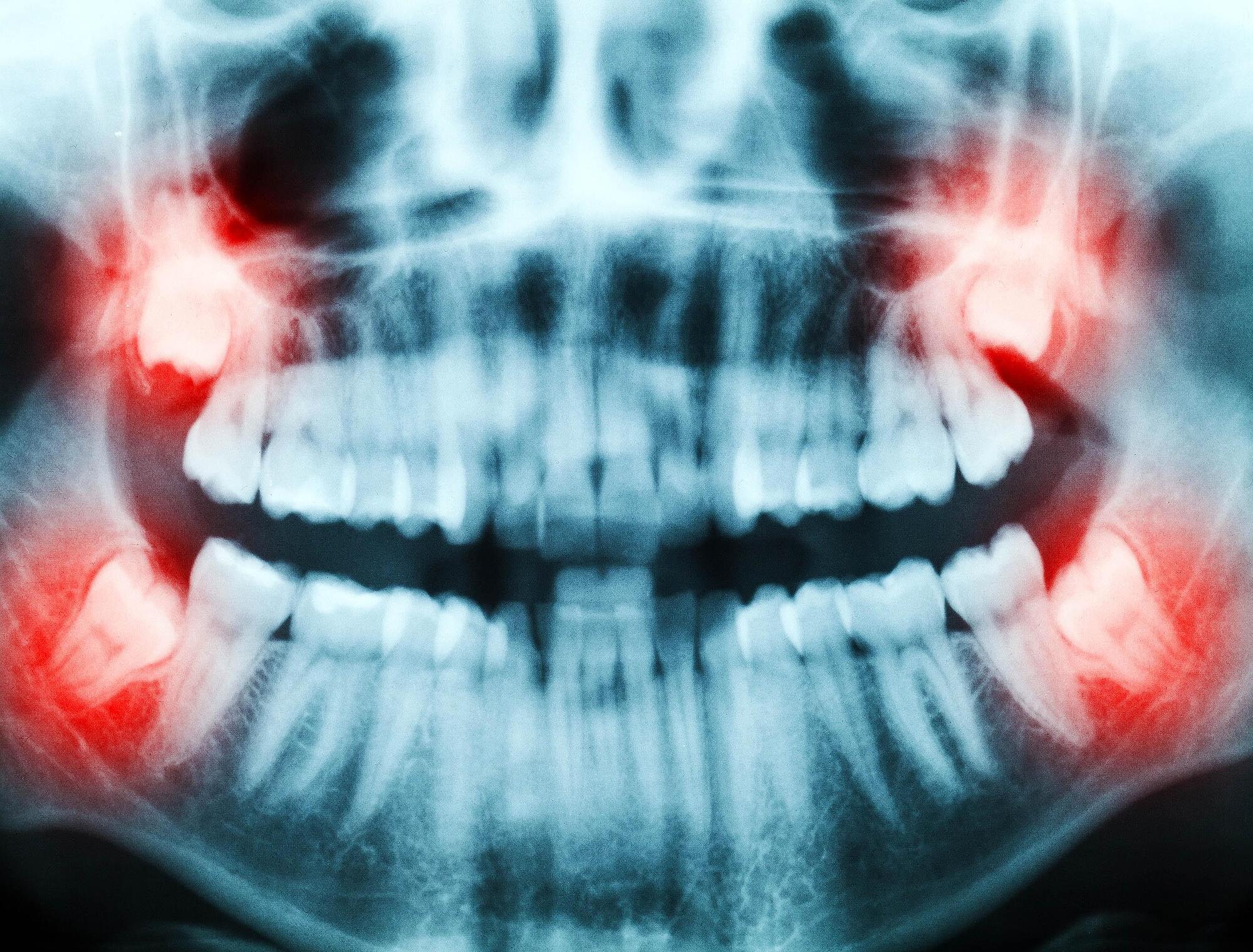Researchers from Northeastern University in the United States have found a way to speed up electronics by a thousand times by replacement of silicon chips on quantum materials.
It is noted, that the new technology, through controlled heating and cooling, allows the quantum material to switch between the state of a conductor and an insulating material almost instantly. According to the researchers, such materials can replace silicon and lead to the emergence of electronic devices that are much faster and smaller.
«Processors currently operate in gigahertz. The speed of change that this will provide will allow you to move to terahertz», — explains the lead author of the study, professor of physics Alberto de la Torre.
